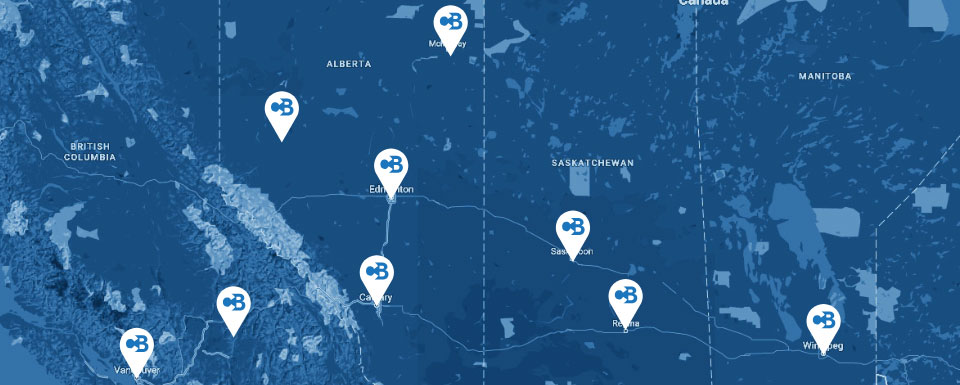Why Chlorine Measurement??
Chlorine’s disinfection properties have helped improve the lives of billions of people around the world! Chlorine is an essential chemical building block used in many manufactured products and throughout many industries that contribute to public health and safety, advanced technology, nutrition, security, and transportation.
Within municipal water plants chlorine is used to disinfect, control odors, and improve the taste of drinking water. Chlorine is used to eliminate pathogens at the final discharge of wastewater treatment plants.
Chlorine is commonly used as a bleaching and oxidizing agent in industries such as chemical processing, pharmaceutical, textile, and pulp & paper.
Cooling towers at petrochemical refineries, power plants, and HVAC systems of most large buildings use chlorine to control the growth of microorganisms, algae, and biofilms, which helps reduce the likelihood of illnesses being spread.
In the food & beverage processing industry, chlorine is used as a disinfectant or sanitizer.
The breakdown
Chlorine is most widely used as a disinfectant. When chlorine is added to water, some of the chlorine reacts first with inorganic and organic materials, metals, and other compounds present in water prior to disinfection (this is called chlorine demand). After the chlorine demand of the water is met, the remaining chlorine, called Total Residual Chlorine, is available for disinfection. Total Chlorine is broken down further into Combined Chlorine and Free Chlorine.
Combined Chlorine is a concentration of chlorine combined with organic and inorganic nitrogen compounds in the water, such as Monochloramine (NH2Cl).
Free Residual Chlorine, which is more effective at disinfection then Combined Chlorine, is the concentration of Hypochlorous Acid (HOCl) and Hypochlorite anion (ClO-) that has not yet reacted with contaminants. It is a measure of the potability of water.
Free Residual Chlorine measurement and its benefits!
Free Residual Chlorine must be measured and controlled because it’s an important part of keeping maintenance costs in line. The key to any successful chlorine dosage is in maintaining the right concentration. A chlorine concentration that’s too high will add unnecessary costs into a process. Low levels of chlorine concentration means you aren’t accomplishing your disinfection objectives, meeting other process goals and regulatory requirements, and your process is therefore ineffective.
Feedback in real time is critical with regards to how closely your process is maintaining the optimum levels of chlorination you’ve established. Automated on-line control of Total or Free Chlorine at optimum levels means effective dosing occurs with no lags or inaccuracies that can result when only manual testing is performed. Additional benefits of on-line chlorine monitoring include:
- Lower chlorine dosage; it’s an expensive chemical to source given the major amount of energy required to produce chlorine
- Reduced maintenance needs by ensuring your process adheres to best practices
- Good environmental stewardship




